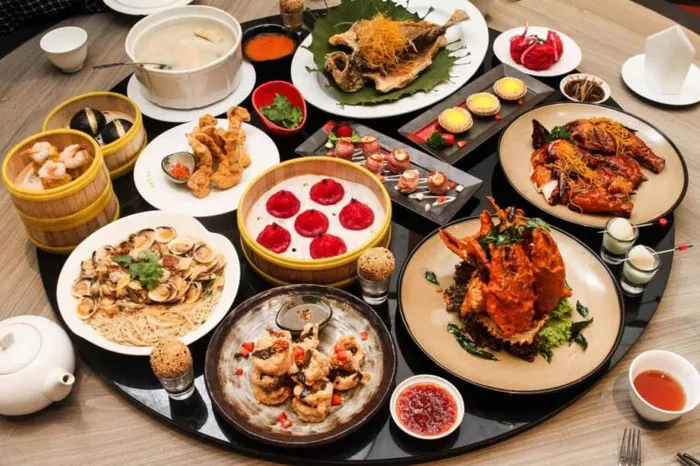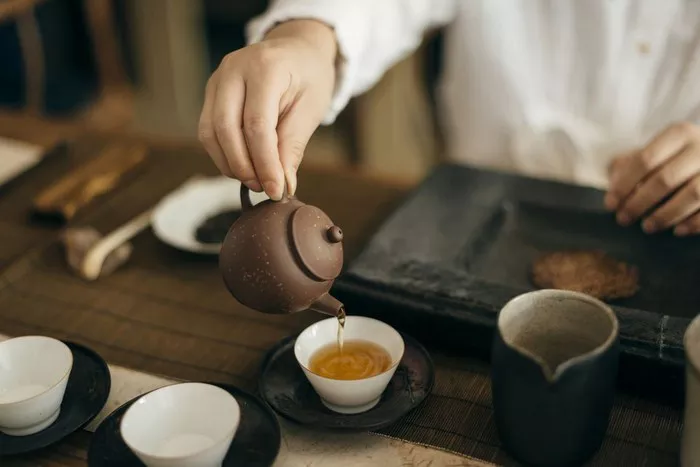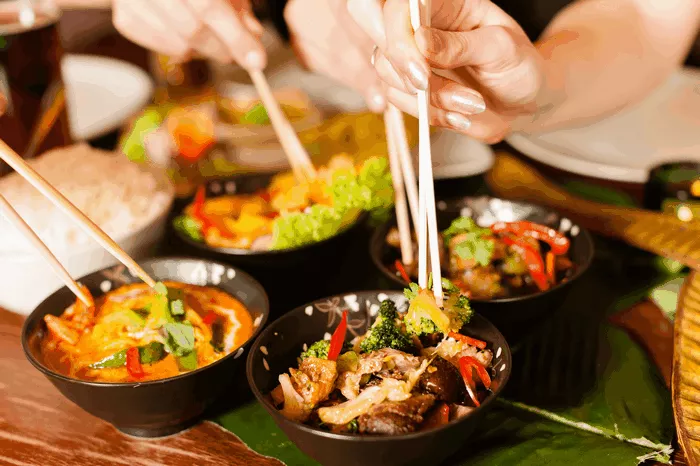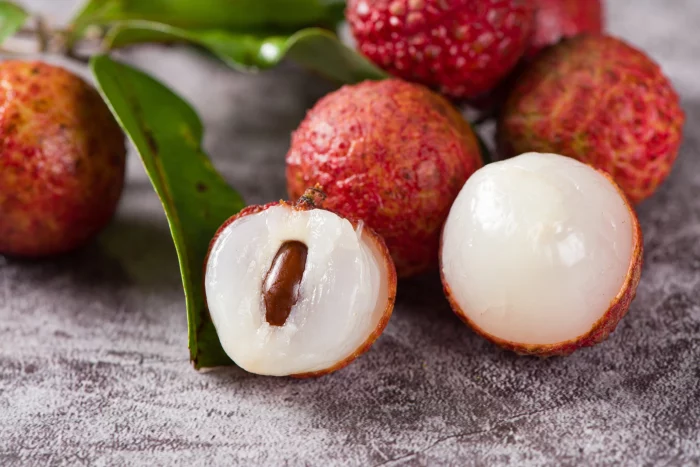Easter, one of the most important Christian holidays, is celebrated worldwide with various customs and traditions. While the core significance of Easter lies in its religious observance, the holiday also offers an opportunity for families and friends to come together and indulge in a sumptuous feast. The Easter dinner, a cherished tradition in many cultures, brings people closer, fostering a sense of unity and joy. In this article, we will delve into the most traditional Easter dinner, exploring its historical roots, regional variations, and delectable dishes that grace the table.
1. The Origins of Easter Dinner
The tradition of gathering for a special meal during Easter dates back centuries and has its roots in ancient rituals and symbolism. Easter is associated with the resurrection of Jesus Christ, which marks the end of Lent, a period of fasting and reflection. As such, the Easter dinner became a joyful celebration of new life, renewal, and abundance.
Influenced by Christian customs, the Easter dinner gradually assimilated various elements from pagan spring festivals that celebrated the return of warmth and fertility. These traditions included using eggs as symbols of rebirth and incorporating lamb, a symbol of sacrifice and purity, into the feast.
2. The Symbolism of Easter Foods
The Easter dinner is rich with symbolic foods, each carrying its own meaningful significance:
Eggs: Eggs are the most iconic symbol of Easter, representing new life and resurrection. They are often dyed in vibrant colors to symbolize the diverse colors of spring. In some cultures, eggs are exchanged as gifts, and egg-rolling games are popular Easter activities.
Lamb: Lamb has deep-rooted biblical symbolism, representing Jesus as the “Lamb of God” and his sacrifice for humanity’s sins. Roast lamb, seasoned with various herbs, is a centerpiece of the Easter dinner in many cultures.
Hot Cross Buns: These spiced and sweet buns adorned with a cross icing symbolize the Crucifixion of Jesus, making them a traditional Easter treat in many English-speaking countries.
Fish: In some regions, especially where there is a strong tradition of fasting during Lent, fish is a popular Easter dish as it is considered a “clean” food and appropriate for the occasion.
3. Regional Variations of Easter Dinner
The beauty of the Easter dinner lies in its diversity across different cultures and regions. Each country has its own unique customs and traditional dishes that reflect their history and heritage.
United States and United Kingdom: In these English-speaking countries, Easter dinner often features roast lamb as the star of the table. Accompanied by mint sauce or gravy, roast lamb is a succulent and flavorful dish that brings families together. Hot Cross Buns are also a beloved treat, served as a sweet delight during the Easter season.
Italy: Italians celebrate Easter with a grand feast, with lamb, goat, or kid being the focal point. A famous Italian Easter bread called “Colomba Pasquale,” shaped like a dove, is a delightful addition to the table. This dove-shaped bread symbolizes peace and resurrection.
Greece: Greek Easter, known as “Pascha,” is a significant religious celebration with unique traditions. The Easter dinner in Greece features spit-roasted lamb or goat, seasoned with garlic, lemon, and oregano. A must-have sweet treat during Greek Easter is “Tsoureki,” a braided and aromatic bread adorned with dyed red eggs.
Spain: In Spain, the Easter dinner often starts with a variety of tapas, followed by “Cordero Asado” (roast lamb) as the main course. A traditional Easter dessert is “Torrijas,” similar to French toast, typically served with honey or sugar.
Poland: Polish Easter dinner includes a special dish called “Babka,” a sweet and rich cake with dried fruits and nuts. “Żurek” or sour rye soup is another Easter specialty, often served with smoked sausage and hard-boiled eggs.
Sweden: A traditional Swedish Easter dinner often features “Smörgåsbord,” a buffet-style feast with an assortment of dishes, including herring, cured salmon, meatballs, and ham. The iconic Swedish dessert “Semla,” a cardamom-spiced sweet bun filled with almond paste and whipped cream, is a must-have during the Easter season.
4. Modern Twists on Traditional Easter Dinner
While many people adhere to the traditional Easter dinner, others enjoy incorporating modern twists into their celebratory meal. These twists often fuse elements from different cultures or explore innovative culinary creations:
Vegan and Vegetarian Options: With the rising popularity of plant-based diets, more people are seeking vegan and vegetarian alternatives for their Easter dinner. Vegan roast “lamb” made from seitan or jackfruit and plant-based versions of traditional Easter desserts have become popular choices.
Fusion Feasts: Some families and chefs enjoy experimenting with fusion cuisine during Easter, blending flavors from various cultures to create unique and delightful dishes. This can include incorporating Asian or Middle Eastern spices into traditional Easter fare.
Global Desserts: Exploring international desserts has become a trend during Easter celebrations. Families might indulge in French macarons, Italian tiramisu, or Indian-inspired carrot halwa as part of their Easter dinner dessert spread.
5. The Joy of Easter Dinner
Beyond the scrumptious food on the table, the true joy of the Easter dinner lies in the sense of togetherness and the creation of lasting memories. Gathering with loved ones, sharing stories, and enjoying a feast that honors tradition creates a sense of warmth and belonging that lasts long after the meal is over.
Conclusion
The most traditional Easter dinner is a beautiful and meaningful celebration that spans cultures and generations. With its roots in ancient customs and religious symbolism, this feast brings families and friends together to honor the arrival of spring, the resurrection of Jesus Christ, and the promise of new life. From roast lamb to hot cross buns, each dish carries a profound significance that enriches the celebration.
Whether one adheres strictly to tradition or incorporates modern twists, the joy of Easter dinner remains in the company of loved ones and the celebration of life’s blessings. As we continue to commemorate this cherished holiday, let us embrace the diversity of cultures, customs, and culinary delights that make the Easter dinner an occasion to savor and cherish. Happy Easter!






















